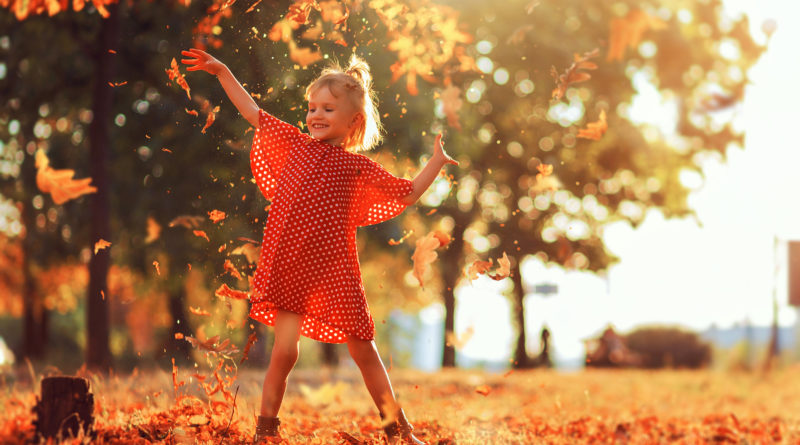Why Do Leaves Change Color in the Fall?
1,120 total views, 1 views today
Picture fall in your head. You might be envisioning piles of orange, red, brown, and yellow leaves lining suburban sidewalks, with young kids playfully plowing through these leaf piles and having a blast in the moderate temperatures and bright sun of a late autumn afternoon. Although that bright sun shines year-round, those colorful leaves are only seen in fall. Why do leaves change color in the fall and not other times of the year?
It’s all about how trees eat
Trees can’t move, so they can’t go after food the way animals pursue prey or people trek to supermarkets. Instead, they have to use the resources around them at all times – air, sun, and water – to persist. As days begin to get longer during the spring and continue staying long during the summer, tree leaves use the extra sunlight to self-produce their energy and food sources. A chemical called chlorophyll is responsible for this remarkable energy generation, and it’s also the main driver of leaf color changes.
How chlorophyll works
To understand why chlorophyll controls leaf color, it can be helpful to learn how it provides energy for trees. Chlorophyll absorbs sunlight, which is why it’s so active in the well-lit seasons of spring and summer. This sunlight is converted to energy, which trees then use to convert the carbon dioxide and water that leaves absorb from their surroundings into sugars and starches that trees use as their energy source.
How energy source relates to leaf color
Chlorophyll contains green pigments, which is why tree leaves are green at most times of year. Tree leaves also contain carotenes and xanthophyll pigments, which impart a yellow or orange color. However, since chlorophyll is highly active in tree leaves during the spring and summer, this chemical’s green pigments completely overtake the orange and yellow colors of carotene and xanthophyll. For these colors to show, chlorophyll must not be present.
Chlorophyll takes a backseat during the fall
Leaves change color in the fall because chlorophyll is far less active then. As temperatures decrease and days get shorter, leaves stop converting sunlight to energy. This results in the deactivation of chlorophyll, allowing the yellow and orange hues of carotene and xanthophyll to shine through.
Other chemical changes may accompany trees decreasing their chlorophyll production. Anthocyanin pigments may develop in leaves as a result of these changes, giving some leaves a red color. In general, extra pigments from additional chemical reactions combine with unused chlorophyll residue to result in leaf color changes.
Why colorful leaves fall
Technically, the season following summer is named autumn, even though many people call it fall. That’s because the colorful leaves of the autumn season fall to the ground from trees. Chlorophyll plays an indirect part in this process as well.
As tree leaves scale back on chlorophyll production, trees grow new cells where their leaf stems are attached. These cells slowly cut the link between the leaf stem and the tree, and as autumn and winter winds accelerate, these detached leaves are blown to the ground.
How do fallen leaves compare to your other favorite fall sights? Sound off in the comments!

